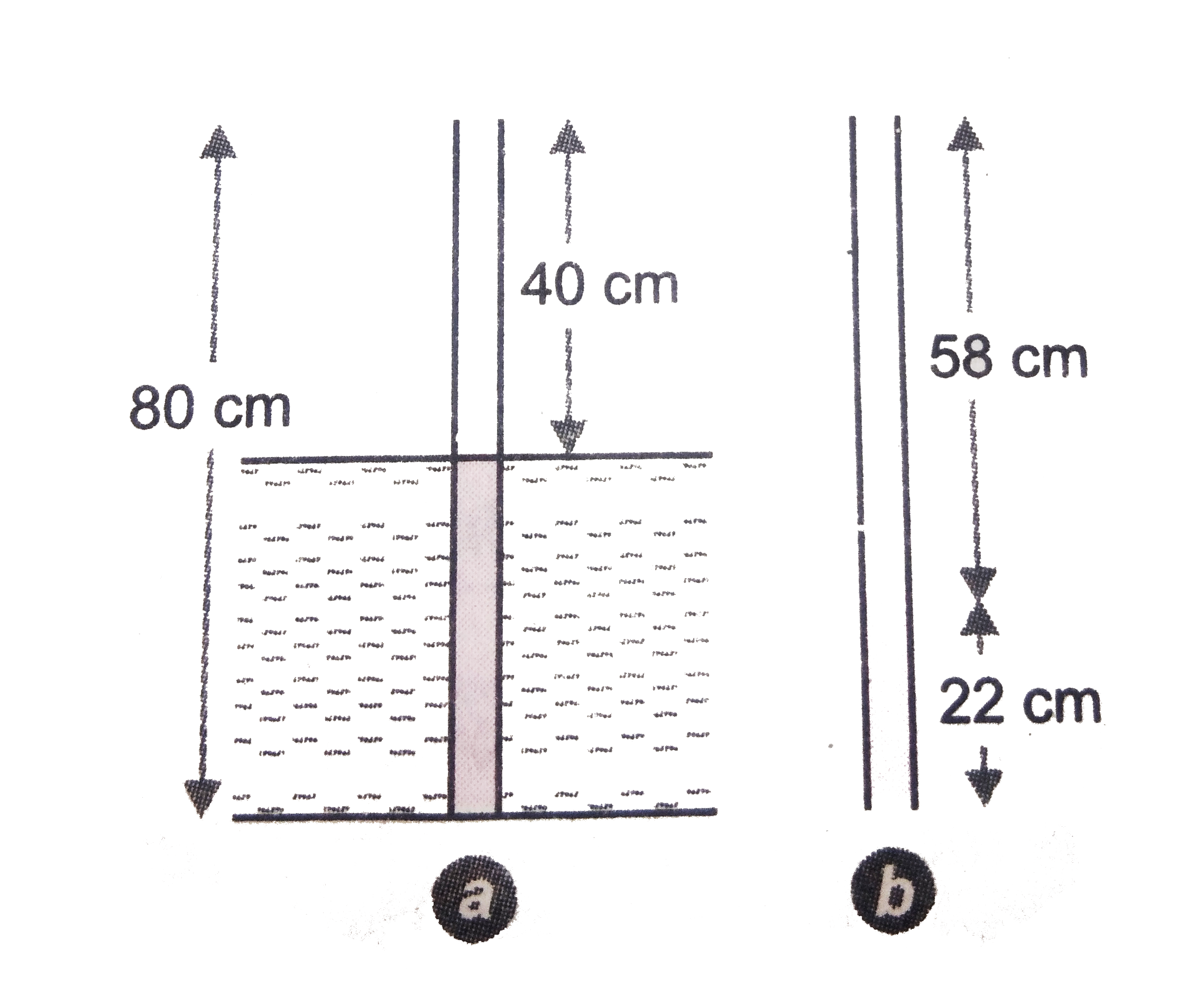Can a abody in linear motion be in equilibrium?
Step-by-Step Solution:
1. Understanding Equilibrium:
- Equilibrium occurs when the net external force acting on a body is zero. This means that there is no change in the state of motion of the body.
2. Types of Equilibrium:
- There are two types of equilibrium: translational and rotational. For a body in linear motion, we focus on translational equilibrium.
3. Condition for Translational Equilibrium:
- For a body to be in translational equilibrium, the net external force acting on it must be zero. This can be expressed mathematically as:
∑F=0
- If this condition is satisfied, the acceleration of the center of mass of the body will also be zero.
4. Linear Motion with Constant Velocity:
- A body can be in linear motion while maintaining a constant velocity. If a body is moving with a constant velocity V, then the change in velocity over time (dvdt) is zero:
a=dvdt=0
- Since the acceleration is zero, it implies that the net external force acting on the body is also zero.
5. Conclusion:
- Therefore, a body in linear motion can indeed be in equilibrium as long as it is moving with a constant velocity, satisfying the condition of translational equilibrium.
Final Answer: Yes, a body in linear motion can be in equilibrium if it is moving with a constant velocity.
---
- Equilibrium occurs when the net external force acting on a body is zero. This means that there is no change in the state of motion of the body.
- There are two types of equilibrium: translational and rotational. For a body in linear motion, we focus on translational equilibrium.
- For a body to be in translational equilibrium, the net external force acting on it must be zero. This can be expressed mathematically as:
∑F=0
- If this condition is satisfied, the acceleration of the center of mass of the body will also be zero.
- A body can be in linear motion while maintaining a constant velocity. If a body is moving with a constant velocity V, then the change in velocity over time (dvdt) is zero:
a=dvdt=0
- Since the acceleration is zero, it implies that the net external force acting on the body is also zero.
- Therefore, a body in linear motion can indeed be in equilibrium as long as it is moving with a constant velocity, satisfying the condition of translational equilibrium.
Topper's Solved these Questions
Similar Questions
A force acts for 10 s on a body of mass 10 kg after which the force ceases and the body describes 50 m in the next 5 s. Find the magnitude of the force.
01:33View SolutionA narrow uniform glass tube 80 cm long and open at both ends is half immersed in mercurry. Then the top of the tube is closed and it is taken out of mercury. A column of mercury 22 cm long then remains in the tube. What is the atmospheric pressure?
 00:55View Solution
00:55View SolutionA force acts for 10 s on a body of mass 10 kg after which the force ceases and the body describes 50 m in the next 5 s. Find the magnitude of the force.
View SolutionWhich of the following graphs represent abody at rest ?
06:51View SolutionDoes the moment of inertia of abody change with the speed of rotation ?
02:58View SolutionLinear simple harmonic motion.
02:56View Solutionक्या एकसमान कोणीय वेग से वृत्तीय गति करता कोई पिण्ड सन्तुलन में हो सकता है?
View Solutionक्या घूर्णन गति करता कोई पिण्ड सन्तुलन में हो सकता है?
05:55View SolutionForce in linear motion is comparable to the quantity in rotatory motion is
02:18View SolutionCan a body be in equilibrium while in motion ? If yes, give an example.
01:37View SolutionCompare the equations of linear motion with rotational motion .
02:17View SolutionCan a body in linear motion be in equilibrium.
02:28View SolutionCan a body in equilibrium while in motion? If yes state an example.
05:20View Solution.......... in linear motion is analogous to moment of inertia in rotational motion.
02:43View SolutionCan a body be in equilibrium while in motion? If yes, give an example.
02:54View Solution

